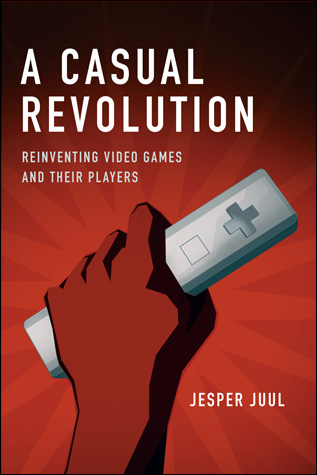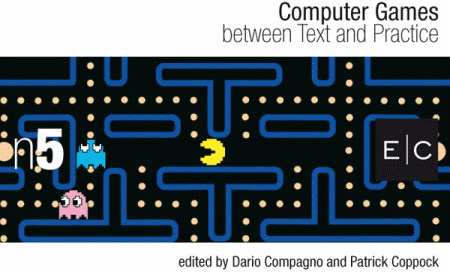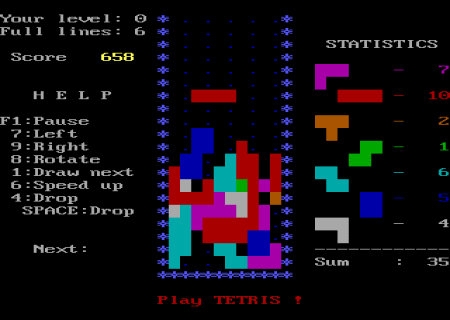From August 1st, I will be moving to a position as a Visiting Professor at the brand new New York University Game Center.
I am looking forward to teaching, researching, and helping build the new program there!
(It is obviously also sad to leave the GAMBIT lab at MIT where I’ve had a great and productive time with my wonderful colleagues the last year and a half.)
Here is the official announcement from NYU:
The NYU Game Center Announces the Appointment of Game Studies Scholar Jesper Juul as Visiting Professor.
The Game Center, an independent multi-school center at New York University for the research, design, and development of digital games, established in fall 2008, has announced its first visiting faculty appointment, the Danish games studies scholar Jesper Juul. His position as visiting assistant arts professor is effective August 1, 2009. Juul is currently a video game lecturer and researcher at the Singapore-MIT GAMBIT Game Lab.
In addition to teaching an introduction to video games course, Juul will help to lead the effort to develop and implement an overall pedagogical plan for the new Game Center, including designing curriculum, planning facilities, and identifying new faculty. He will also lecture and give talks.
A respected scholar as well as a prominent authority in the field of game studies, Juul is the author of two books: A Casual Revolution: Reinventing Video Games and Their Players (2009 MIT Press) and the influential Half Real: Video Games Between Real Rules and Fictional Worlds (2005 MIT Press). In addition, he has contributed chapters to a number of books as well as having authored numerous articles and papers on games and culture, delivered several keynote addresses, and been an invited speaker at many talks.
Juul has taught extensively at the IT University of Copenhagen and the Massachusetts Institute of Technology. He earned an M.A. in Danish literature from the University of Copenhagen and a PhD from the IT University of Copenhagen.
The NYU Game Center is housed in the Skirball Center for New Media at the Tisch School of the Arts and is an all NYU collaboration of the Tisch School, Courant Institute of Mathematical Sciences, Steinhardt School of Culture, Education and Human Development, and Polytechnic Institute of NYU. The Center is supported by generous grants from an anonymous donor, the Rockefeller Foundation, and Sharon Chang and the TTSL Charitable Foundation.







